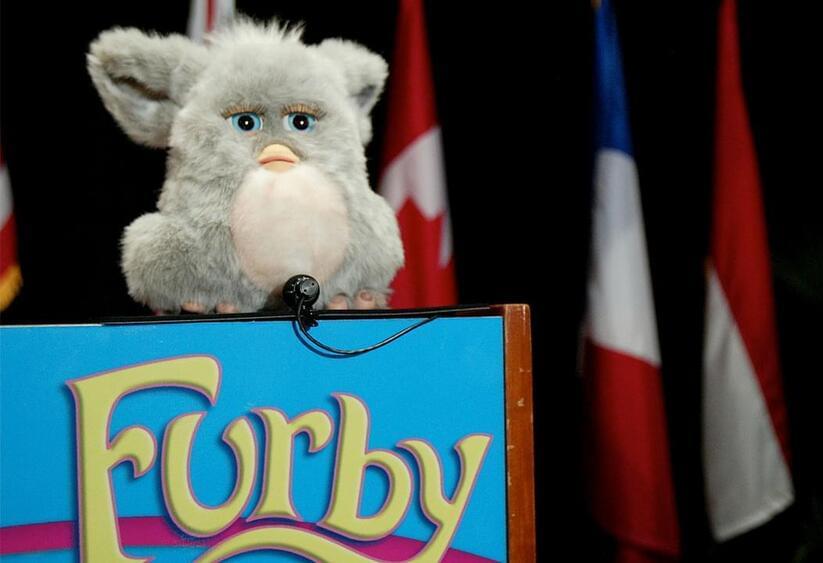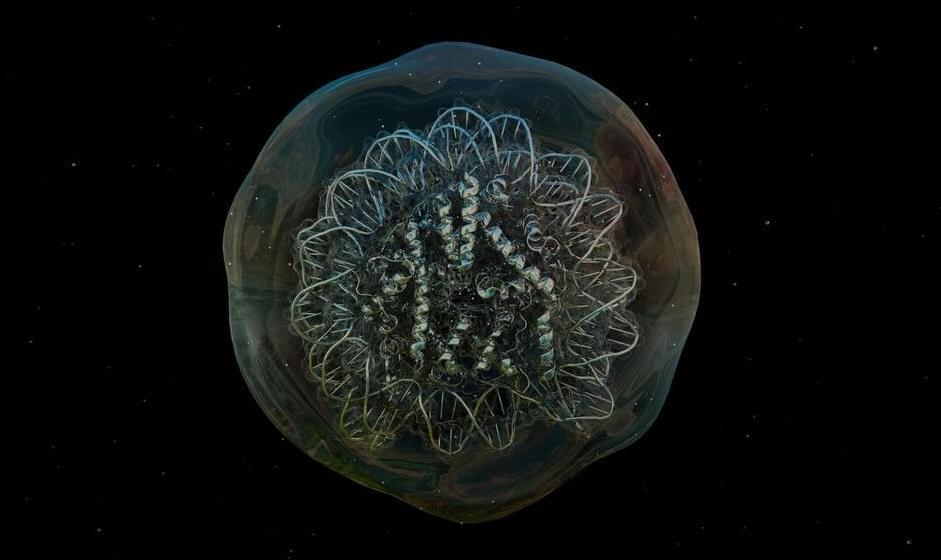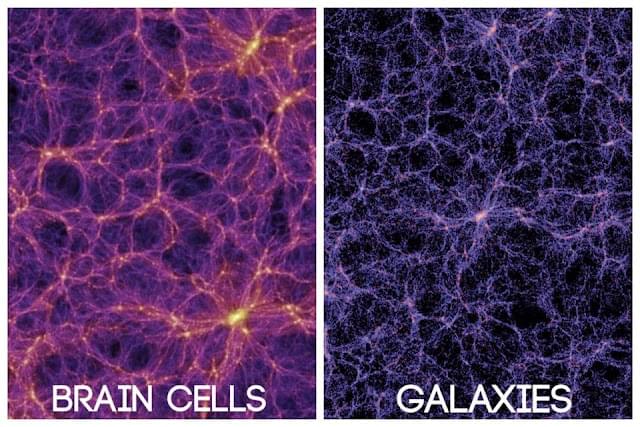“As I was racking my brains for a way to make keyboards more portable and fashionable, I had an aha moment. Carrying around a keyboard was a closed-minded idea.”
In yet another episode of “Cool stuff the Japanese come up with”, Google Japan has once again taken a playful detour from the mundane with its latest creation: the Gboard CAPS.
While this head-mounted keyboard integrated into a baseball hat may sound like the stuff of sci-fi or the whimsical fantasies of keyboard enthusiasts, the Gboard CAPS project is real, and designed with a delightful touch of humor.









